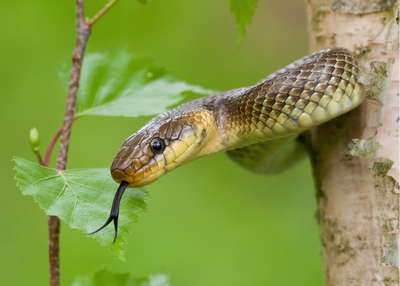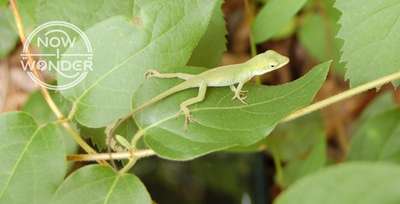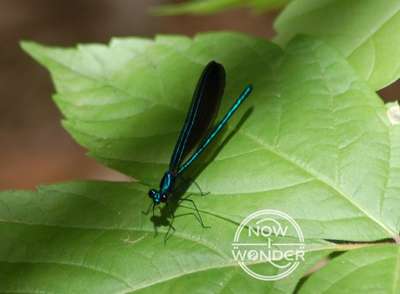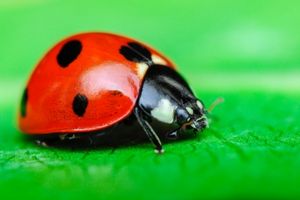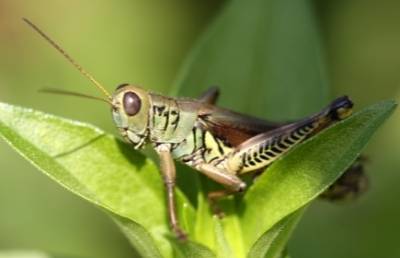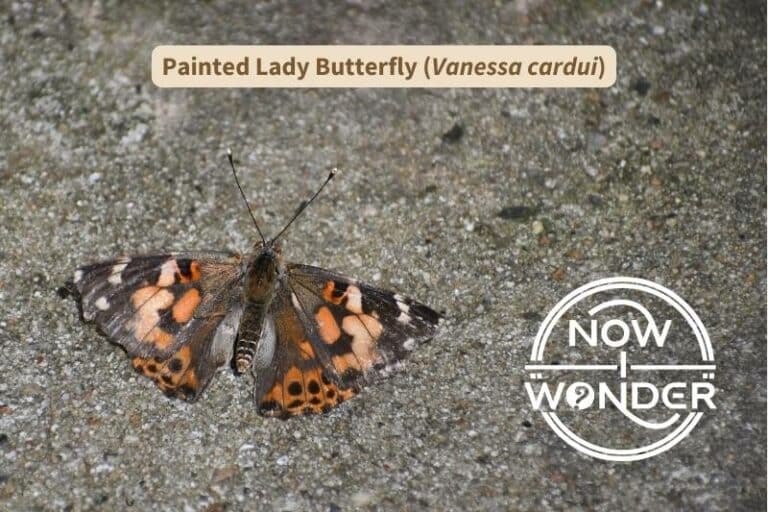The largest, heaviest snakes in the world are certain species of pythons and boa snakes. Pythons are those snakes classified in family Pythonidae, and boas are those snakes classified in family Boidae. While most of the python species are small to medium-sized, the largest species are truly enormous and effective predators in their respective habitats.
This post explores part of the ecology of these exceptionally large snakes, namely the interaction with their natural enemies. After all, it’s natural to wonder who in the natural world has the power to threaten the world’s largest snakes.
A variety of predators, such as hawks, herons, jaguars, bobcats, foxes, and snake-eating snakes prey on juvenile pythons and anacondas. The American alligator (Alligator mississippiensis) is the only predator species large and powerful enough to successfully prey upon adult pythons and anacondas.
Read on to learn more about these snakes and their natural enemies.
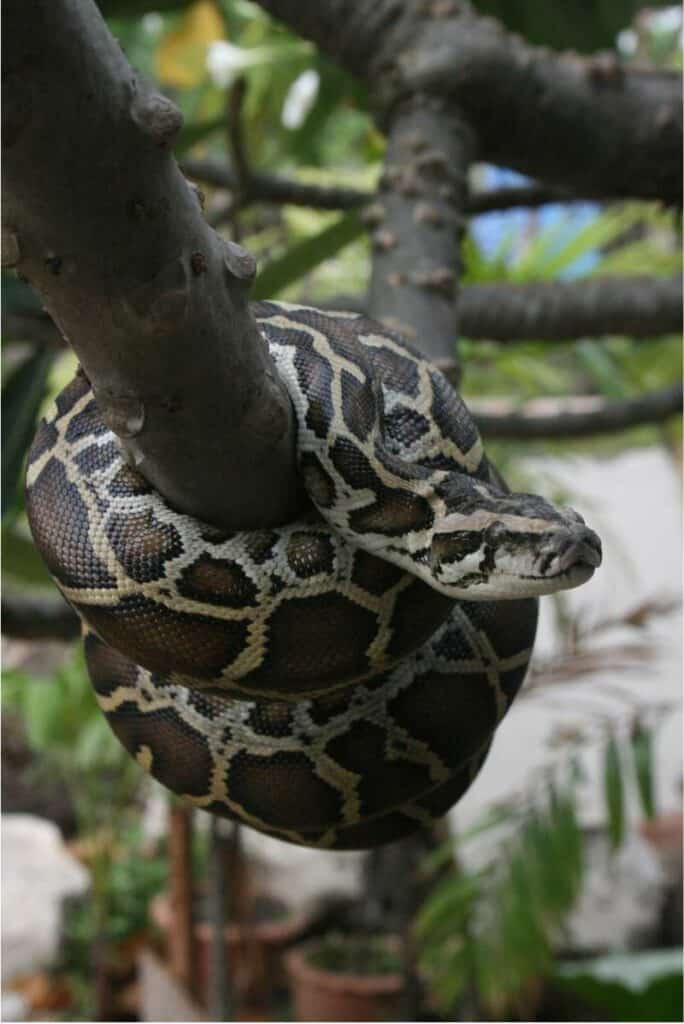
Overview of the world’s largest snake species
Three of the largest snake species in the world are the reticulated python (Broghammerus reticulatus or Python reticulatus), the Burmese python (Python molarus bivittatus) and the green anaconda (Eunectes murinus).
Reticulated pythons are longer than green anacondas but anacondas are the heavier species due to having a larger average body diameter. In both species, females tend to be both longer and heavier than the males.
Native to the rain forests of southeast Asia, including India, Bangladesh, Thailand, Myanmar, Cambodia, Vietnam, and the Philippines, adult reticulated pythons can grow to 21 feet (4 inches (6.5 m) (Wikipedia 2023).
Burmese pythons are native to southeast Asia and the area along the India-Nepal border and can grow to more than 18 feet (5.4 m) (Dorcas and Gibbons 2015).
Green anacondas are native to the Amazon rain forest and found throughout South America east of the Andes. These snakes can weigh up to 176 pounds (80 kg) (Wikipedia 2023).
Humans introduced Burmese pythons and green anacondas to the Florida Everglades and both are now considered invasive species, although the Burmese python is much more widely spread than the anaconda.
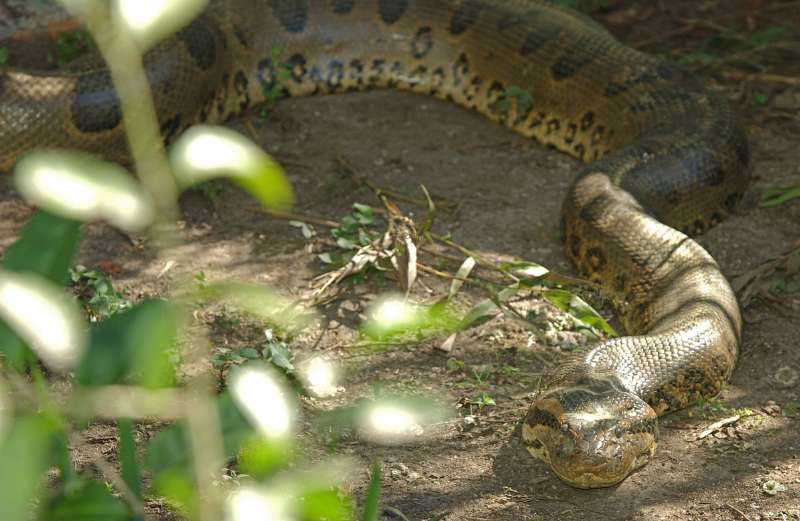
Natural predators and defenses
All three of these snakes are heavy bodied, and relatively slow moving compared to other snake species. They ambush their prey by either lying in wait or sneaking up on the unwary and both kill by constriction. These snakes coil their bodies around their prey and squeeze. Every time they sense the prey exhale, they tighten their coils which prevents the prey from inhaling their next breath. Animals caught in the constricting coils of a python or anaconda rarely escape and suffocate quickly.
Young pythons and boas are vulnerable to predation as they grow. Predators include large birds like hawks and herons, large cats like jaguars and bobcats, foxes, and even other snake-eating snakes, such as the king snake. Pythons and boas move slowly compared to most potential predators so bite, void foul-smelling fluid, and attempt to constrict their attackers in defense rather than flee.
Pythons and boas have teeth but they don’t kill directly with them. Pythons have “premaxillary teeth” at the front of their snouts (Lillywhite and Harvey 2014) which boas lack. Species in both families have long, replaceable teeth along the sides of their mouths that curve back towards the throat and don’t hesitate to bite repeatedly in their own defense.
As these constrictors grow larger, the number of predator species dwindles. Adult pythons and anacondas outweigh the predators that pose danger to young snakes; it becomes too dangerous for even such skilled predators as jaguars to attack snakes beyond a certain size. Bites from larger snakes cause correspondingly larger wounds which can either kill their attackers immediately or over time through infection or making them vulnerable to their own predators.
Additionally, no matter how slow a large adult python or anaconda may move during their normal activities, they erupt into action when striking or defending themselves. In theory, some predators are quick enough to overwhelm one of these snakes but in practice, most predators avoid attacking larger snakes; the risk of becoming engulfed in the snakes’ constricting coils is simply too great.
That said, adult constrictors are relatively vulnerable just after eating. Pythons and anacondas swallow their prey whole and routinely swallow prey much larger in diameter than themselves. Their digestive systems digest the animals eventually but takes many days to do so. During this time, the snakes’ bodies are distended and weighed down which limits their mobility. For this reason, most pythons and anacondas retreat under cover to hide from potential predators while they digest.
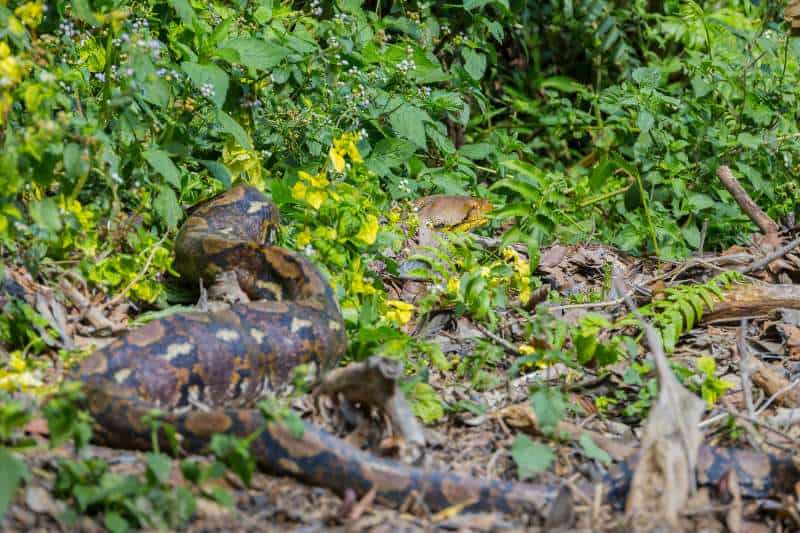
Barring the odd attack by a desperate predator, or fatalities caused by human activities, such as a snake being run over by a car while crossing a road at night, adult pythons and anacondas can go about their business without much fear. However, one predator can grow big and powerful enough to legitimately threaten these snakes; the American alligator.
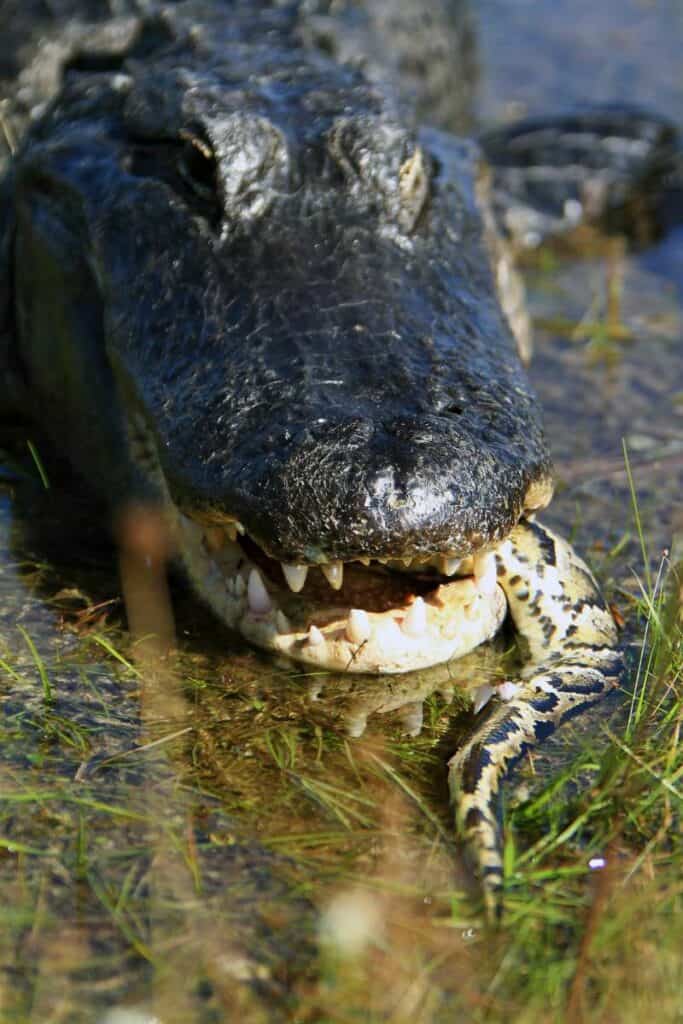
American alligators (Alligator mississippiensis) are also reptiles classified in Class Reptilia but are in their own order, Crocodylia. Native to the southeastern United States, these carnivores were the largest reptiles anywhere in their habitats until the Burmese python (and to a lesser extent, the green anaconda) were introduced and began to spread successfully.
Like green anacondas, alligators are also ambush predators who lie in wait, submerged and hidden in murky water, until appropriate prey wanders close enough to attack. Some alligators are big enough and powerful enough to successfully attack adult Burmese pythons and green anacondas. However, the outcome of these titanic fights to the death is always uncertain. Except in cases where the alligator is significantly larger than its would-be victim, the gator stands an excellent chance of being suffocated or drowned if it fails to subdue to snake quickly enough.
Conclusion
Reticulated pythons, Burmese pythons, and green anacondas are the largest, heaviest snake species in the world and top predators wherever they live. They can be hunted, killed, and eaten by their fellow predators, especially when young, small, and vulnerable, but individuals who survive long enough to grow to their full adult size face only one legitimate enemy. And even then – in a mortal battle between a python or anaconda and an alligator – the smart money bets on the snakes.
Related Now I Wonder Posts
To learn more about snakes, check out these other Now I Wonder posts:
- Can snakes swim?
- Can you tell a snake is venomous by the shape of its head?
- Cottonmouths vs. water moccasins: What you need to know
- Do snakes eat other snakes?
- How do snakes move around?
- Can snakes climb trees?
- Why do snakes climb trees?
- Pythons, boas, anacondas: Meet the world’s biggest snakes
References
Gibbons W, Dorcas M. 2015. Revised ed. Snakes of the southeast. Athens (GA): The University of Georgia Press.
Lillywhite, Harvey B.. 2014. How Snakes Work : Structure, Function and Behavior of the World’s Snakes. Cary: Oxford University Press, Incorporated.
Wikipedia. 2023. Green anaconda. [Internet]. Available from: https://en.wikipedia.org/wiki/Green_anaconda
Wikipedia. 2023. Reticulated python. [Internet]. Available from: https://en.wikipedia.org/wiki/Reticulated_python

